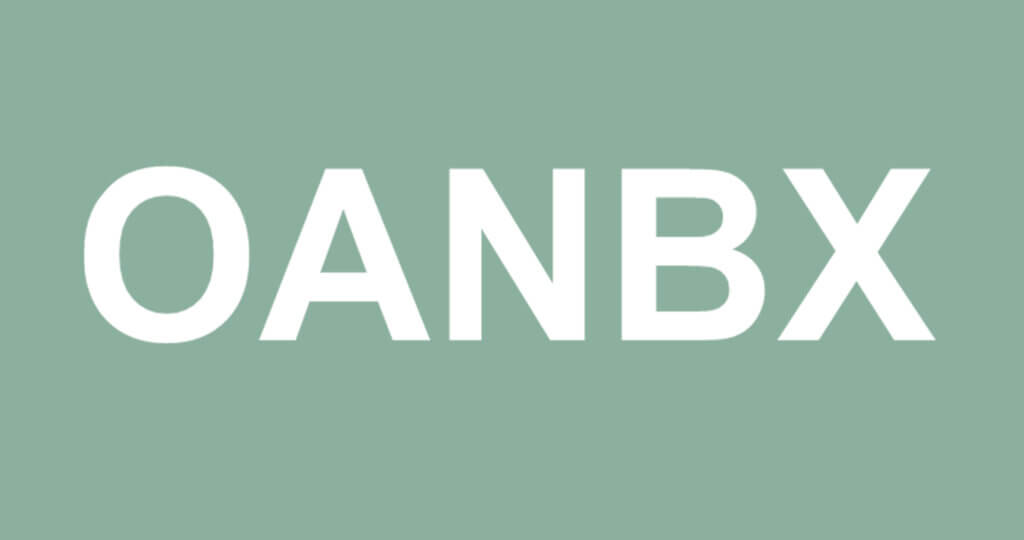
Capital gain distributions will be paid to shareholders of record as of Wednesday, December 11, 2024. Important dates to note are as follows:
Record date: December 11, 2024
Ex-dividend date: December 12, 2024
Pay date: December 13, 2024
Please note that the 2024 capital gain distribution estimates are based on holdings as of September 30, 2024, and are subject to change. Updated estimates will be available near late November and will include income estimates in addition to capital gain estimates. Actual distributions will be announced Thursday, December 12, 2024, and may differ from the estimates as a result of, among other things, gains and losses realized through the end of the year and tax adjustments. The actual total distribution will include income distributions in addition to capital gain distributions if any.
| Fund | Estimated 2024 capital gain distribution as a % of NAV1 | 2023 capital gain distribution as a % of NAV1 | 2022 capital gain distribution as a % of NAV1 | 2021 capital gain distribution as a % of NAV1 |
|---|---|---|---|---|
| Oakmark | 0.00% | 0.00% | 0.00% | 0.96% |
| Oakmark Select | 0.00% | 0.00% | 0.00% | 0.24% |
| Oakmark Global | 0.00% | 2.66% | 0.00% | 8.43% |
| Oakmark Global Select | 0.00% | 0.00% | 0.00% | 9.03% |
| Oakmark International | 0.00% | 0.00% | 0.00% | 0.00% |
| Oakmark International Small Cap | 3.00% | 0.00% | 0.56% | 0.00% |
| Oakmark Equity and Income | 0.00% | 0.00% | 0.00% | 7.74% |
| Oakmark Bond | 0.00% | 0.00% | 0.00% | 1.90% |
Funds with 0.00% listed in the table are not expected to pay any capital gains at this time.
View historical distributions.
1 The capital gain distribution includes both short-term and long-term capital gains
Please note that the 2024 distribution information stated above is ESTIMATED. Each Fund’s closing net asset value (NAV) on Thursday, December 12, 2024, will be reduced by the amount of the actual distribution plus or minus any market activity for the day. These estimates are for all share classes.
Past performance is no guarantee of future results. This data is for information only and should not be construed as an official tax form, nor should it be considered tax or investment advice. Please consult your tax advisor for information specific to your particular situation.
NAV stands for Net Asset Value. NAV is the dollar value of a single mutual fund share based on the value of the underlying assets of the fund minus its liability divided by the number of shares outstanding.
All Oakmark Funds: Investing in value stocks presents the risk that value stocks may fall out of favor with investors and underperform growth stocks during given periods.
The Oakmark Equity and Income Fund invests in medium- and lower-quality debt securities that have higher yield potential but present greater investment and credit risk than higher-quality securities. These risks may result in greater share price volatility.
Because Oakmark Select Fund and Oakmark Global Select Fund are non-diversified, the performance of each holding will have a greater impact on the Funds’ total return, and may make the Funds’ returns more volatile than a more diversified fund.
Oakmark Global, Oakmark Global Select, Oakmark International and Oakmark International Small Cap Funds: Investing in foreign securities presents risks which in some ways may be greater than U.S. investments. Those risks include: currency fluctuation; different regulation, accounting standards, trading practices and levels of available information; generally higher transaction costs; and political risks.
Oakmark, Oakmark Equity & Income, Oakmark Global, Oakmark International Funds and Oakmark International Small Cap: The Funds’ portfolios tend to be invested in a relatively small number of stocks. As a result, the appreciation or depreciation of any one security held will have a greater impact on the Funds’ net asset value than it would if the Funds invest in a larger number of securities. Although that strategy has the potential to generate attractive returns over time, it also increases the Funds’ volatility.
Oakmark International Small Cap Fund: The stocks of smaller companies often involve more risk than the stocks of larger companies. Stocks of small companies tend to be more volatile and have a smaller public market than stocks of larger companies. Small companies may have a shorter history of operations than larger companies, may not have as great an ability to raise additional capital and may have a less diversified product line, making them more susceptible to market pressure.
The Oakmark Bond Fund invests primarily in a diversified portfolio of bonds and other fixed-income securities. These include, but are not limited to, investment grade corporate bonds; U.S. or non-U.S.-government and government-related obligations (such as, U.S. treasury securities); below investment-grade corporate bonds; agency mortgage backed-securities; commercial mortgage- and asset-backed securities; senior loans (such as, leveraged loans, bank loans, covenant lite loans, and/or floating rate loans); assignments; restricted securities (e.g., Rule 144A securities); and other fixed and floating rate instruments. The Fund may invest up to 20% of its assets in equity securities, such as common stocks and preferred stocks. The Fund may also hold cash or short-term debt securities from time to time and for temporary defensive purposes.
Under normal market conditions, the Fund invests at least 25% of its assets in investment-grade fixed-income securities and may invest up to 35% of its assets in below investment-grade fixed-income securities (commonly known as “high-yield” or “junk bonds”).
Fixed income risks include interest-rate and credit risk. Typically, when interest rates rise, there is a corresponding decline in bond values. Credit risk refers to the possibility that the bond issuer will not be able to make principal and interest payments.
Bond values fluctuate in price so the value of your investment can go down depending on market conditions.









